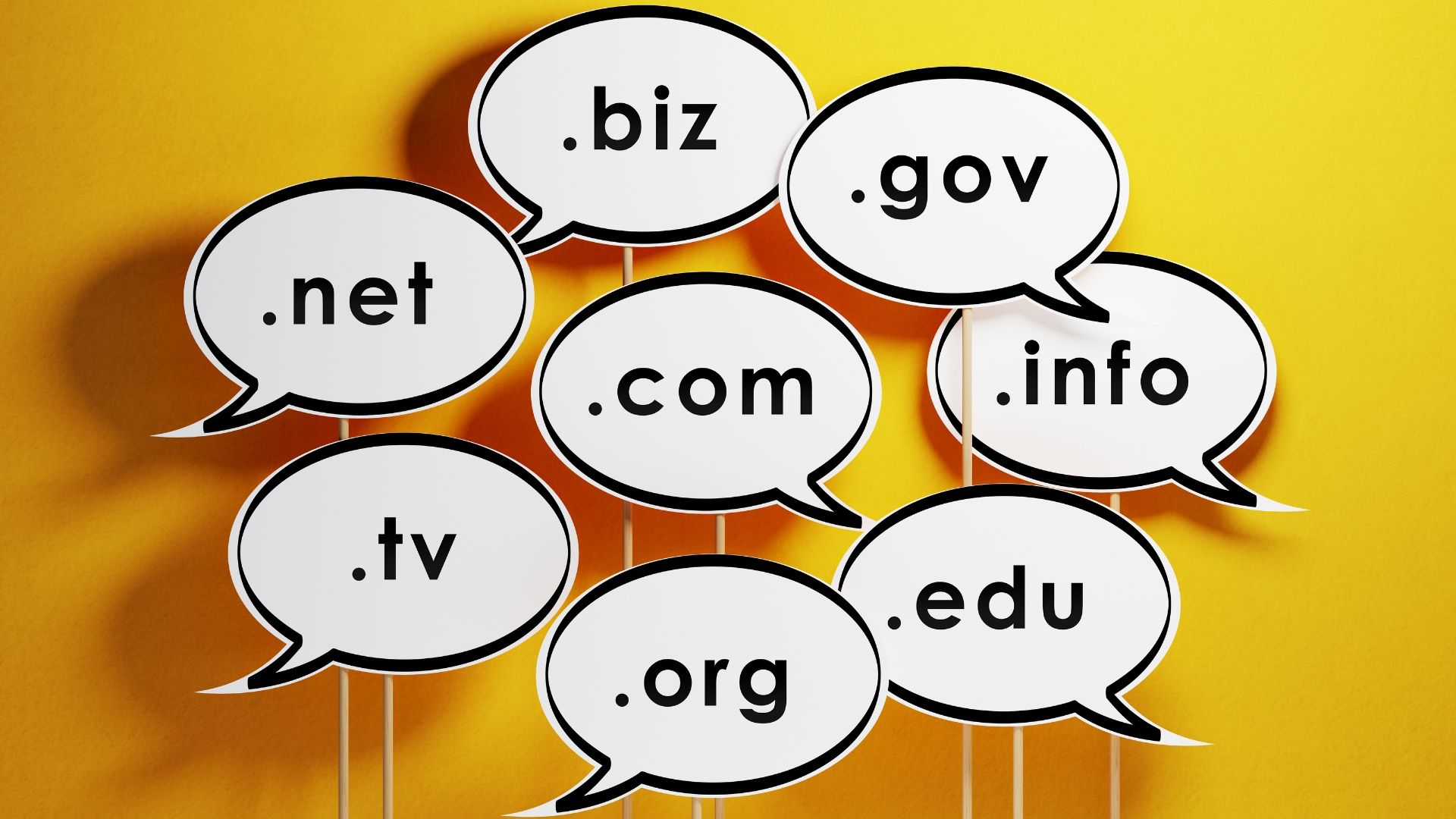An Apple Maps business listing is a truly powerful asset for companies. It bridges the gap between seller and seeker, especially in local contexts. Plus, most Americans prefer Apple smartphones, making this an ideal target market. Here’s a short walkthrough of how to add your business to Apple Maps.
Apple Maps Business Listing
We’ve discussed the impact of a strong online presence at length. The average American spends hours on their phones each day, whether on apps, search engines, or social media platforms. But, did you know that most adult shoppers do online research before making a purchase? They want to ensure they’re making the best possible choice when it comes to products.
Anyone can create an Apple Maps listing to display key company details like address, phone number, and hours of operation. This free resource can also feature your Yelp listing, business website, and social media accounts like Facebook and Twitter. By including this information for Apple Maps users, you raise the online visibility of your company and may even boost revenue as a result.
How to Create an Apple Maps Listing
Learning how to add your business to Apple Maps isn’t all that difficult. It involves a few simple steps and is similar to the process of creating a Google Business Profile. First, you’ll need an Apple ID and password. If you already use Apple products, you probably have this account handy, but if not, you’ll need to create one. Remember to choose a unique password that doesn’t include any personal details.
With your Apple ID created, you’re ready to begin the setup process. First, go to the registration page and search for your place. If it’s already listed, claim it. If not, Apple directs you to add a missing place, then you can choose your relationship with the company. Select either, “I’m the business owner” or “I’m authorized by the business owner.” Continue by adding your basic company details including its name, address, and primary phone number. Then, it prompts you to allow a call from Apple to verify the chosen number. They will provide a security PIN that you will enter in order to proceed, but you may also choose to verify the account later.
Confirm and Review Details
Now it’s time to confirm your company location and industry. This is vital to show your business to local users most interested in your products or services. There will be three general categories to choose from, each including many different industries. You’re likely to find at least one that fits your company, but you can also suggest one if you’d prefer.
Next, clearly define your hours of operation. Apple will list each of the seven days for you to set up. If your company is open 24 hours on any or all days of the week, there are options to display that for users. You can also add your company website and social media accounts in the "Add More Details" section. All you have to do is include the proper URLs in the appropriate fields.
Finally, Apple will ask for a review of all featured business information. Don’t skip this step! Double-check the details from start to finish to ensure they are current and factual. Once everything checks out, simply click “OK” and your new listing will appear within about a week. Apple will contact you if any additional verification is needed. We recommend reviewing your business information at least every 6 months. Don’t forget to update it if you move locations or change URLs.
Knowing how to add your business to Apple Maps is empowering because this free resource is helpful for both users and companies. It will greatly improve your online presence by directing local consumers to your website and social media profiles. Users will also be shown your physical location when they use the Apple Maps app. If you have questions about an Apple Maps business listing, we hope you’ll contact us today. Our team will gladly clear up any issues you may encounter.
Latest Posts



